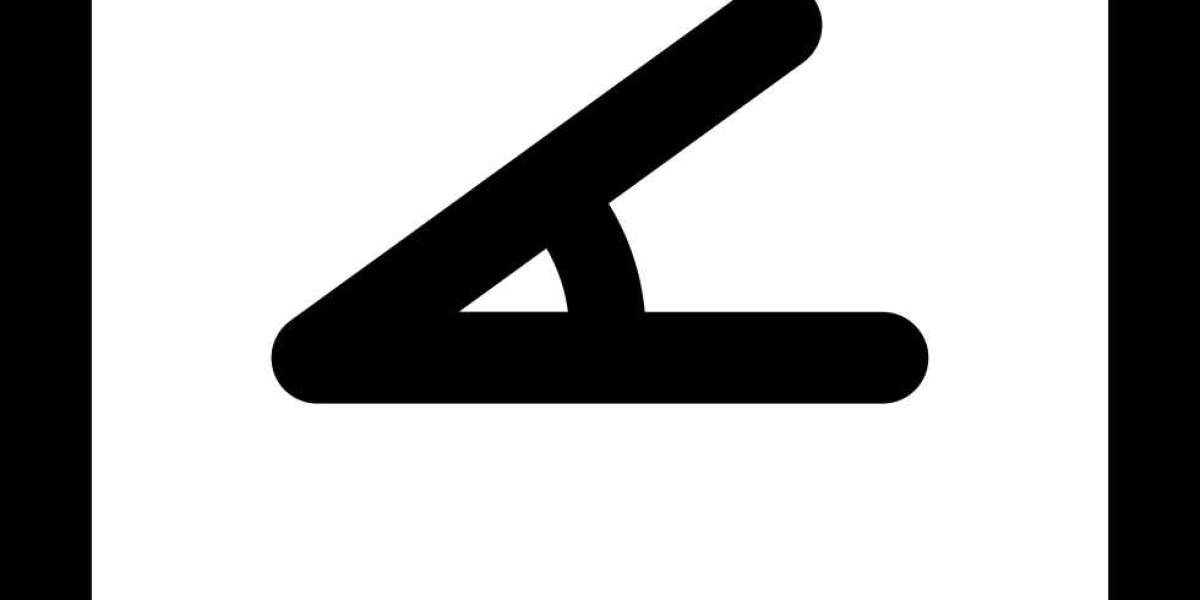The electric hot water heater operates likewise to a fuel-burning appliance, but it shows special attributes, leading to some distinct products on the home inspector's checklist. Making a hot water heater electric instead of gas also increases the series of technological alternatives, and inspectors are now seeing a larger range of implementations appearing in homes. This article contrasts water heaters powered by electricity with fuel-based systems and looks at what is involved in inspecting them.
The electric water heater utilizes heating elements submerged in the water tank. Traditional fuel-burning heaters (oil, wood, and now mostly gas) apply a flame to the bottom of the tank (exterior) to increase its temperature. In both cases, cold water goes into the tank near its bottom, and the hot exits at the top. Heat convection causes the most popular water to distribute upwards through the tank. In the case of an electric heater, there is one main 4500-watt aspect near the bottom, plus a reserve element near the top for more urgent demands when the entire tank is cold.
Some examination list products apply to all hot water heaters. Water temperature is constantly measured and the thermostat setting is noted. The identification number and maker are utilized to identify age and life span. All heating units need a temperature/pressure relief valve with a discharge pipe that doesn't make a lot of bends and ends either six inches above the garage floor or exterior.
But there are a variety of listed items that apply just to fuel-burning heating systems. The quality of the flame requires to be taken a look at. The inspector ought to examine whether there suffices combustion air for the burner to run effectively. Fuel combustion results in the exhaust that needs to be vented appropriately, which might trigger unintentional melting or backdraft issues, which causes condensation in high-efficiency systems. Moreover, regulations determine that fuel-burning devices in the garage need to be in an environment that is combustible vapor ignition resistant. None of these products apply to electric water heaters.
Heating units powered by electricity are slower to recover their spent heat than those powered by gas (which remain in turn slower than oil heating systems). To compensate, their capacity is substantially larger, something the house inspector ought to take into account. This means that they need more areas than fuel-based heaters, which is a concern when transitioning from gas to electricity, say.
Without the need to vent exhaust, provide combustion air, safeguard from backdraft, or protect the flame from flammable vapors, electric water heaters are fairly maintenance-free. They can pay to be less accessible than fuel-burning heating systems, and contractors frequently exploit this function, relegating them to remote corners.
Heating water with electrical power broadens technological alternatives. Heat pumps, which are essentially air conditioners in reverse, are quickly adapted to heating water instead of air. They come as stand-alone units or as attachments to currently existing tanks. Heatpump technology is more efficient than conventional pemanas air listrik kamar mandi, but it has its drawbacks. It requires a great thousand cubic feet of surrounding air from which to extract heat, it needs routine upkeep, and it should be easily accessible. Inspectors likewise need to check that the condensate that the heat pump generates is drained properly.








